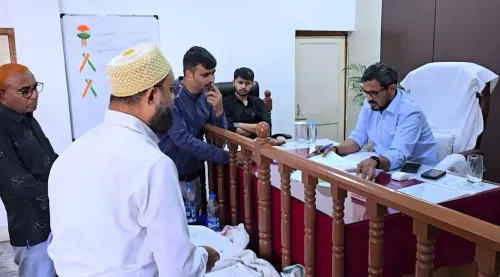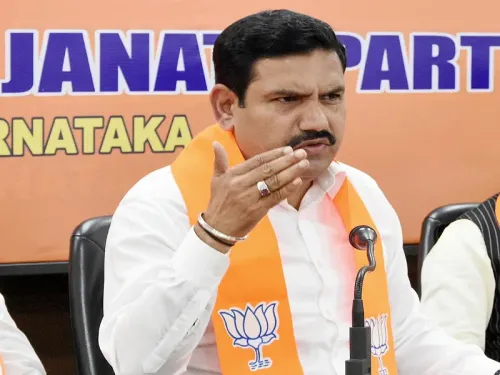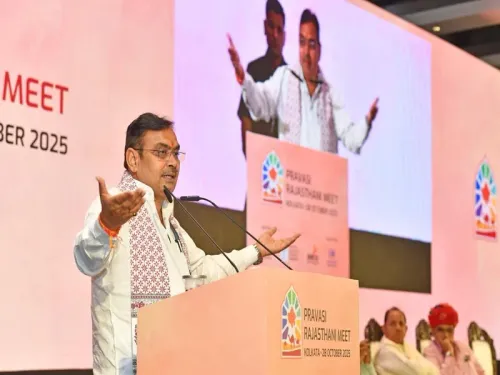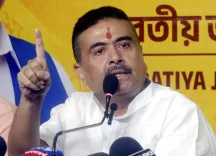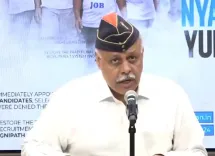What Are the Implications of Tahawwur Rana's Kerala Visit on NIA's Investigation?

Synopsis
Key Takeaways
- Tahawwur Rana admitted to being in Mumbai during the 26/11 attacks.
- The NIA is probing deeper into his connections, especially in Kerala.
- His visit coincided with discussions of recruitment strategies for terrorism.
- Investigators are focused on the significance of the calls he made during his stay.
- The link between Kerala and Kashmir raises concerns about local recruitment for terrorist activities.
New Delhi, July 25 (NationPress) Tahawwur Rana’s acknowledgment that he was in Mumbai during the 26/11 attacks merely scratches the surface of a much deeper issue.
In a recent statement to the Mumbai Crime Branch, he admitted to being in the city to supervise the attack.
While the Mumbai Crime Branch is primarily focusing on Rana’s activities in the city, the National Investigation Agency (NIA) is set to investigate far beyond the 26/11 incident. The NIA has discovered that Rana traveled not only to Mumbai but also to various other locations across the country.
One significant trip of Rana’s was to Kerala, which investigators believe was orchestrated by Ilyas Kashmiri, the then-leader of Al Qaeda’s 313 Brigade. Both Rana and his associate, David Headley, engaged in several meetings with Kashmiri, during which they discussed plans for expansion in Jammu and Kashmir.
Initial investigations suggest that Rana visited Kerala on November 16, 2008, merely ten days before the Mumbai attacks. He informed interrogators that there was no particular reason for his trip to Kochi.
However, further inquiries have revealed that during his stay in Kerala, he made about 15 different calls. The identities of those he contacted remain unclear, and the NIA is actively seeking answers. Their current focus is on the Mumbai attacks, but they plan to delve into Rana’s other travels in India afterward.
Based on conversations between Headley and Kashmiri, investigators suspect they were aiming to recruit individuals from Kerala. The overarching strategy was to decrease the number of Pakistani terrorists in Kashmir and bring in more recruits from India.
Terrorists involved in the Kashmir conflict are primarily sourced from either J&K or Pakistan. However, in 2008, an unexpected incident unfolded in Jammu and Kashmir, where four individuals from Kerala were killed in an encounter. Police reported that the deceased were Fayiz from Kannur, Abdul Rahim and Abdul Jabbar from Malappuram, and Yasin from Ernakulam. Investigations confirmed that all had been recruited and trained by Lashkar-e-Taiba.
Throughout various discussions between Headley and Kashmiri, Kerala was mentioned frequently. At that time, Kashmiri was strategizing his ambitious Ghazwa-e-Hind project, and to ensure its success, he sought recruitment from all over India. He specifically highlighted Kerala, noting that a recruitment camp and extensive network already existed in northern Kerala, actively sending youth to Kashmir.
The investigators believe Rana’s trip to the state might have been a part of this broader agenda. Thus, obtaining details about the 15 calls he made while there is critical for the investigation and for unveiling the extensive plans of Lashkar-e-Taiba.
The ISI has consistently aimed to localize the J&K conflict, making recruitment from within India beneficial for the agency. This strategy aims to create a narrative suggesting that it is Indians themselves who oppose J&K being a part of India. Furthermore, having Indian recruits fighting against their own forces provides Pakistan with plausible deniability.
The Kerala-Kashmir link has been investigated previously. While smaller details have emerged, the comprehensive picture remains elusive. When the NIA interrogated Headley, he predominantly discussed the 26/11 Mumbai attacks and its ties to Pakistan. He only provided information that he had previously disclosed to the FBI after his arrest and was bound by a plea bargain to reveal only what he had shared with them.
Conversely, in Rana’s case, no such agreement exists. Therefore, the NIA could explore beyond the Mumbai attacks. Gaining further insights into the Kerala module from Rana could be pivotal in uncovering the larger network orchestrated by Ilyas Kashmiri under the guidance of the ISI.

